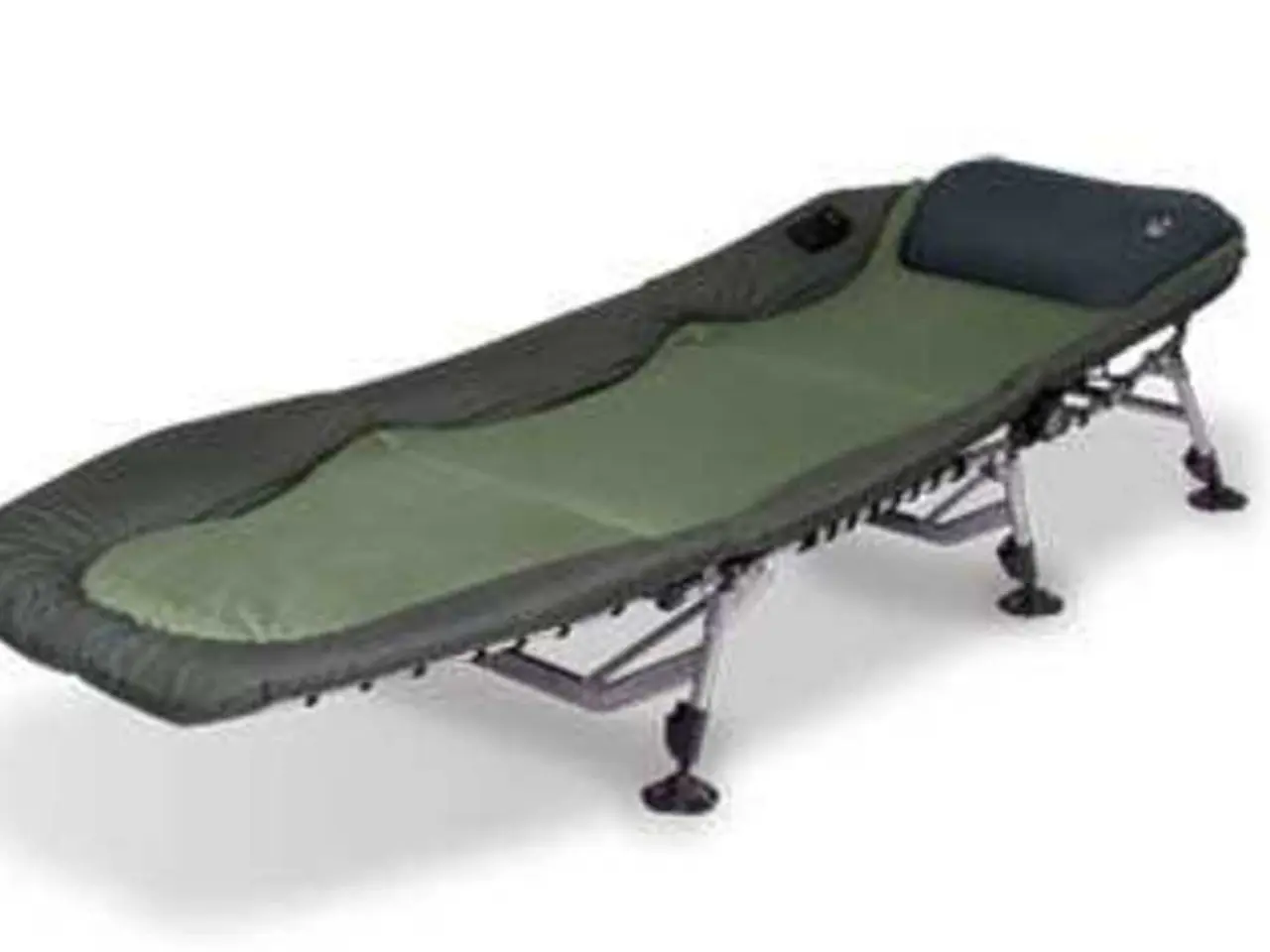Kaposi Sarcoma in its early stages: Signs and Remedies
Identifying the Early Signs of Kaposi Sarcoma: Understanding Red, Purple, or Dark Skin Lesions
Kaposi sarcoma (KS), a type of cancer that affects the skin and lymphatic system, often presents with distinctive early signs. These signs typically appear as red, purple, blue, or dark spots or sores on the skin, and may also appear on mucous membranes.
The appearance of these spots or nodules can vary greatly, from small, flat patches to raised, reddish-purple papules or nodules. They may be solitary or multiple, firm or compressible, and can cluster or stand alone. In some cases, they may have well-defined edges or be diffuse and merge with the surrounding skin.
These lesions are often the first visible indication of KS on the skin, and they result from cancer developing in the small blood vessels underneath the skin. The exact appearance can vary depending on the type of KS and the patient’s immune status.
KS can affect individuals with weakened immune systems, such as organ transplant recipients, those with advanced age, and people taking immunosuppressant drugs. It is also more common in certain demographic groups, such as males over 50 of Eastern European and Mediterranean descent, and in people of Central and Eastern Africa, particularly children.
AIDS-related KS occurs in people with HIV with CD4 counts less than 200 cells/mm3 and is an AIDS-defining disease. African cutaneous KS is common in Central and Eastern Africa.
It is important to note that the Kaposi sarcoma-associated herpesvirus (KSHV) causes the infection. KSHV is related to the Epstein-Barr virus (EBV), which is responsible for infectious mononucleosis (mono) and some other forms of cancer. KSHV triggers the production of inflammatory substances in the cells and affects cells lining the blood and lymphatic vessels.
If red to purple or dark patches or raised sores appear on the skin or mucous membranes, especially in individuals with risk factors like HIV/AIDS or immunosuppression, this should prompt evaluation for Kaposi sarcoma. Early detection and treatment of KS can significantly reduce symptoms and prevent the cancer from progressing.
In summary, the hallmark early skin signs of Kaposi sarcoma are colored spots or raised lesions that are red, purple, blue, or dark, which may be painless and located anywhere on the body. If you notice any such changes, it is crucial to consult a healthcare professional for further evaluation.
- Dermatology plays a crucial role in identifying the initial signs of Kaposi Sarcoma, a type of cancer that tends to manifest as red, purple, or dark skin lesions.
- Oncology specialists often treat Kaposi Sarcoma, a cancer that affects the skin and lymphatic system, as it can progress if not addressed properly.
- The detection of KS often involves examining the blood for the Kaposi sarcoma-associated herpesvirus (KSHV), which is responsible for the infection.
- HIV and AIDS patients should pay particular attention to chronic skin conditions such as Kaposi Sarcoma, given their compromised immune systems.
- Skin care is vital in the prevention and management of Kaposi Sarcoma, as proper hygiene can help minimize the risk of developing the disease.
- Nutrition also plays a role in maintaining overall health and wellness, particularly for individuals battling diseases like Kaposi Sarcoma.
- Fitness and exercise are essential components of a comprehensive approach to dealing with chronic diseases like Kaposi Sarcoma, as they support immune function and overall health.
- Mental health should not be overlooked in managing Kaposi Sarcoma, as the psychological impact of a diagnosis can be profound and require supportive care.
- Science and medical advancements continue to shed light on the causes, diagnosis, and treatment of various medical conditions such as Kaposi Sarcoma, providing hope for those affected.
- Public awareness of Kaposi Sarcoma and its potential signs and risks is essential, as early detection can significantly improve the prognosis for those affected by this disease.




